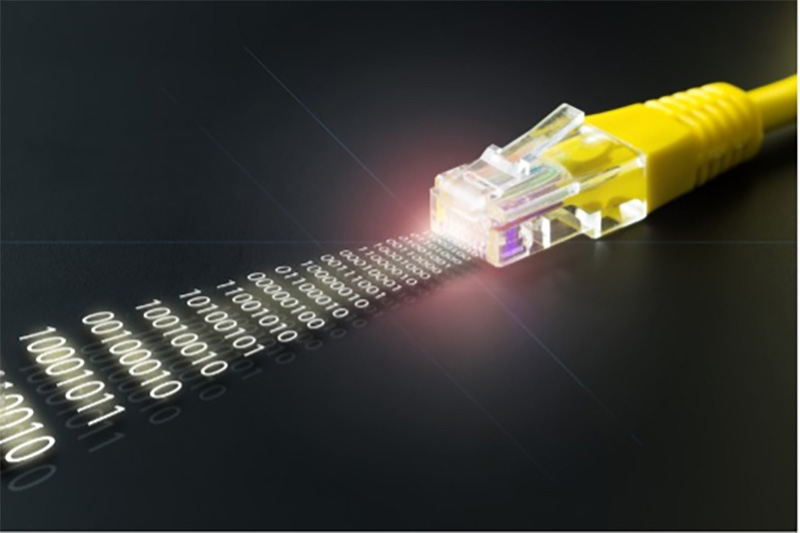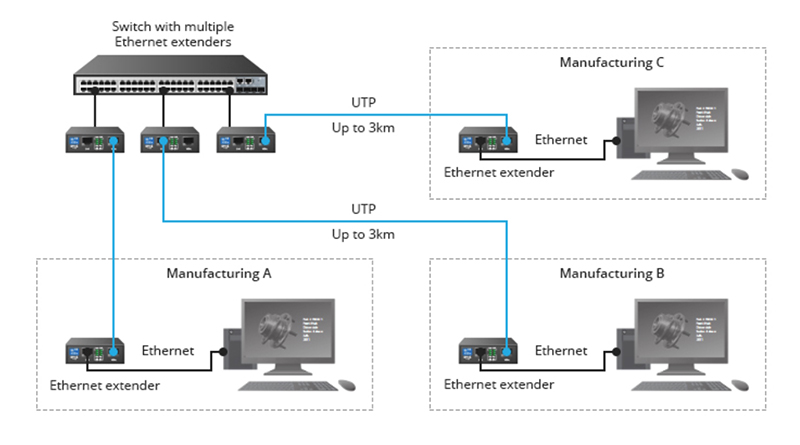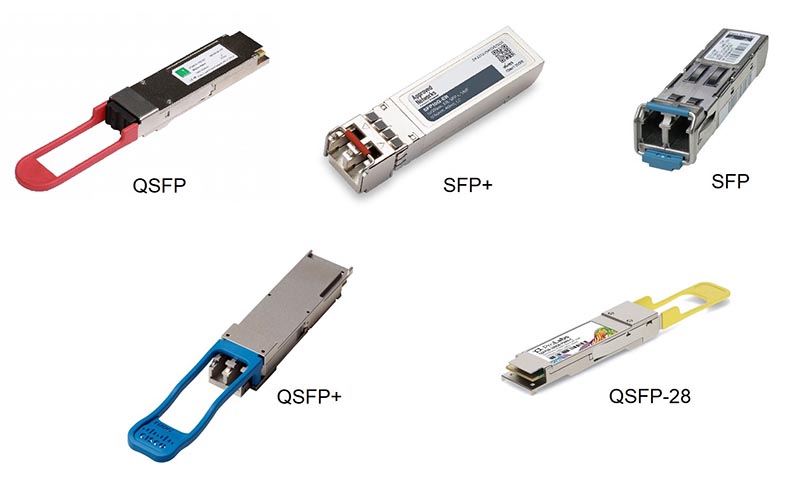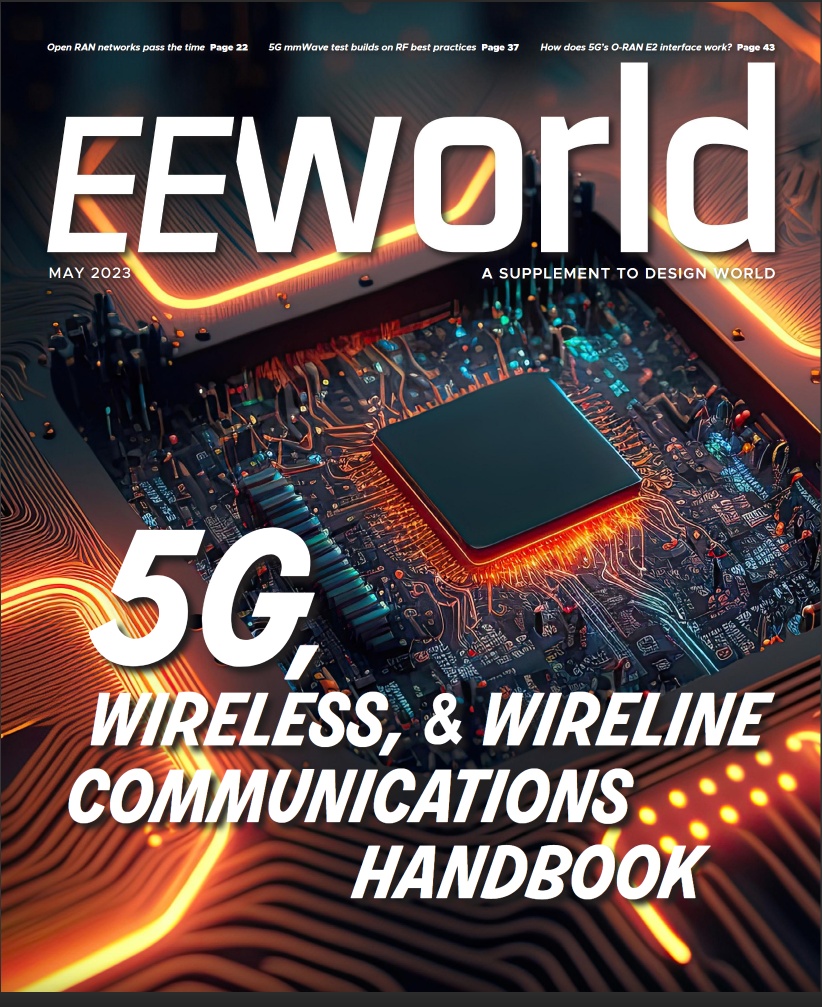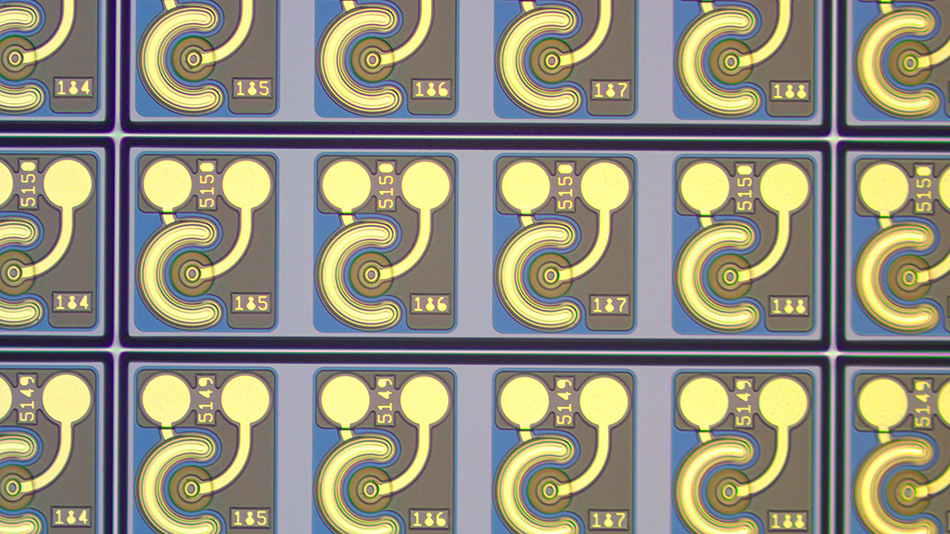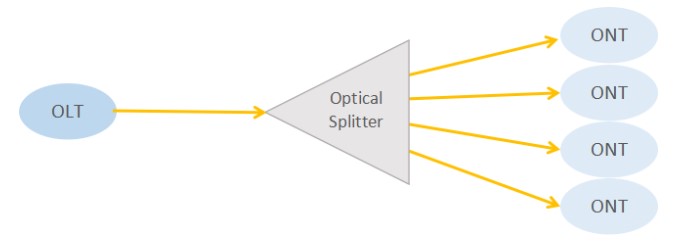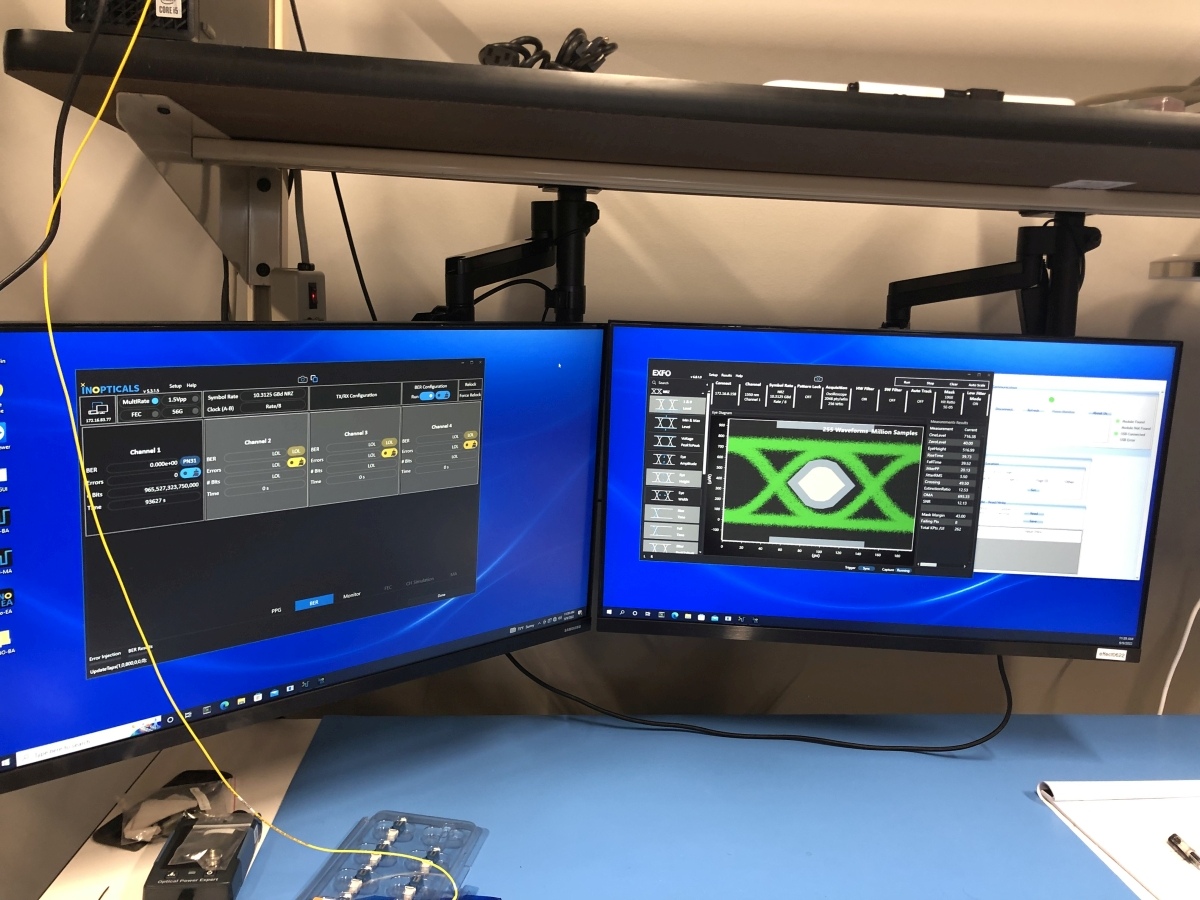Today’s data rates are already too slow, and so are tomorrow’s. Expect more complaints about slow networks in 2025.
Ethernet turned 50 in 2023, what’s next?
EE World interviewed John D’Ambrosia, who told a few stories from earlier times and gave a peek at what’s coming next from the IEEE 802.3 set of standards.
What’s the difference between an Ethernet extender and a media converter?
Extend the reach of Ethernet by converting the signals to different electrical or optical signals. Ethernet extenders and media converters can both be used to expand network coverage. Extenders operate over unshielded twisted pair (UTP) or coaxial cabling, while media converters change the signals from electrical to optical and back. Extenders and media converters can…
How do SFP, SFP+, and QSFP compare?
Pluggable modules come in many variants, each designed for a specific purpose. Small form factor pluggable (SPF) technology was developed to support high-speed interconnects between servers, storage, and communications equipment in data centers and similar environments. Over time, the multi-source agreement (MSA) that specifies SPF has evolved to include new formats, including SFP, SFP+, SFP28,…
EE World’s 2023 communications handbook is here
Our 2023 5G, Wired, & Wireless Handbook is now available in ebook form. Download your copy today. It started on a cold January day with an editorial call. A month later, the abstracts came in. After another month, the manuscripts came in. Then came the editing and some back-and-forth with the authors. Next, it was…
Agreement targets 3.2 Tb/sec co-packaged optical module or cable
OIF continues to promote collaboration and coordination among different players in the supply chain and drive efforts to foster a co-packaging ecosystem to support innovative applications. An industry-first, the OIF-Co-Packaging-3.2T-Module-01.0 – Implementation Agreement for a 3.2Tb/s Co-Packaged (CPO) Module defines a 3.2T co-packaged module that targets Ethernet switching applications utilizing 100G electrical lanes and provides backward compatibility…
OFC 2023 round-up
The Optical Fiber Communications Conference (OFC) returned once again to provide a crucial platform for companies of the industry from around the globe. Taken place this past week, March 5th to 9th in San Diego, the annual exhibition and conference presented up-to-date techniques, materials, technologies, and applications in fiber optic technology. Below you will find…
Coherent optics reach 1.6 Tb/sec
Ciena announced the latest generation of its industry-leading WaveLogic technology. Optimized for high-capacity transport required with next-generation routing data paths and associated wholesale services, Ciena’s WaveLogic 6 will support up to 1.6Tb/s single-carrier wavelengths for metro ROADM deployments, 800Gb/s over the longest links, and energy-efficient 800G pluggables across 1000km distances. As service providers grapple with the dual…
The essence of return loss in optical fiber
Return loss happens when transmitted energy reflects back to its source. Designers must pay close attention to optical return loss (ORL), an important metric in an optical network. ORL is defined as return loss for the entire optical fiber under test, which includes fiber backscatter and reflections relative to the source pulse. This ORL metric…
Optical modules, drivers, and DSP push data through networks
EE World visited Effect Photonics’ Massachusetts office for a video look at how its optical communications products adapt to changing conditions in telecom and data networks. Maynard, Mass. — Data from 5G fronthaul through core networks and datacenters move quickest when transported over optical fibers. Effect Photonics, a company based in the Netherlands, recently opened…


